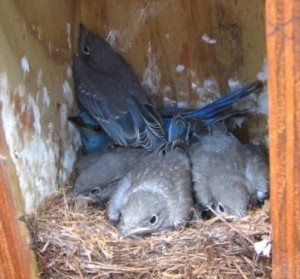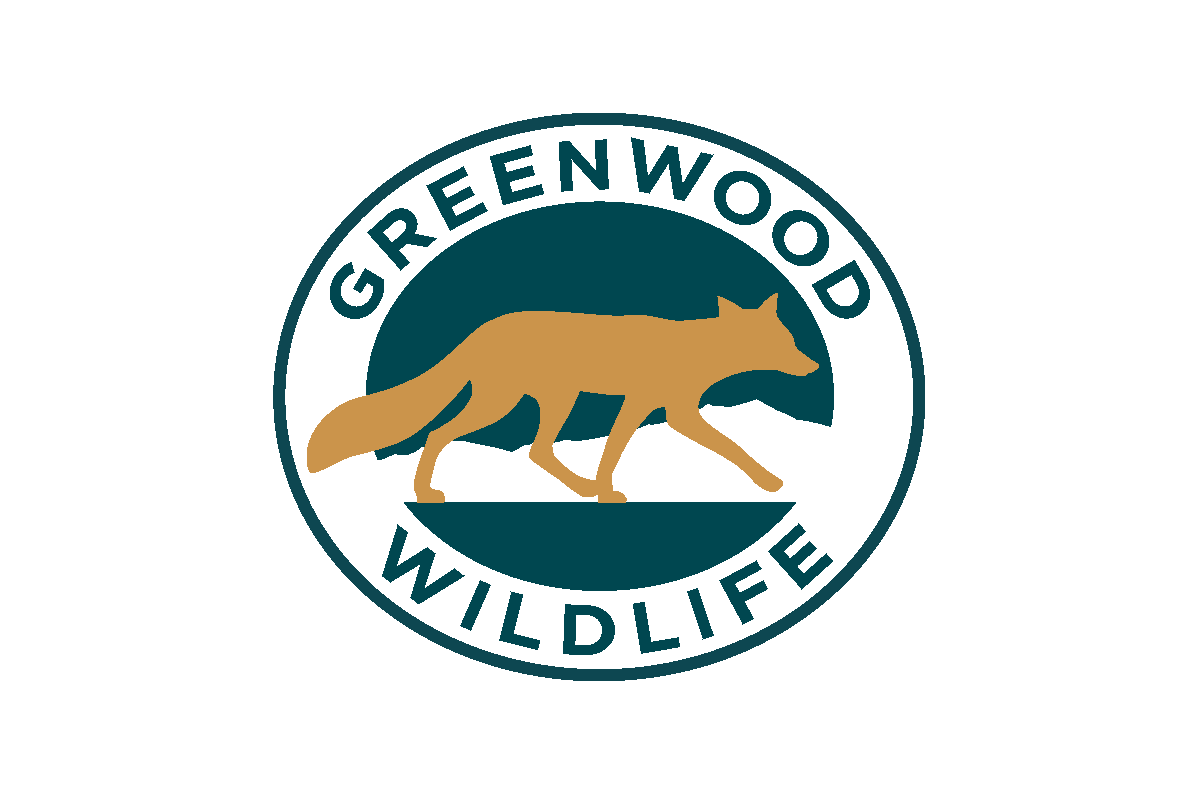The Bluebirds of North America—Carrying the sky on their backs
Bluebirds are members of the thrush family, which also includes American Robins and a number of “spotted thrushes” such as Hermit Thrush and Swainson’s Thrush. North America has 3 species of bluebirds—Eastern, Western, and Mountain. All 3 can be spotted in Colorado, although Eastern Bluebirds are not common and mostly found on the eastern plains. In Colorado, Western Bluebirds can be found most commonly in ponderosa pine habitat along the Front Range and in a triangle from Grand Junction south to Cortez and east to Pagosa Springs. Pines compose 65% of the habitat reports for these bluebirds; ponderosas are the most common, followed in a distant second by pinyon/juniper habitats.
On the other hand, Mountain Bluebirds most often nest in pinyon/juniper habitats in Colorado, followed by aspen forests, and mountain grasslands. In Colorado, they can be found in the western two thirds of the state. Both male and female Mountain Bluebirds exhibit strong site fidelity, returning to the same areas where they successfully bred in a previous year. This can result in the same pairs’ breeding in successive years without pair bonding that lasts through the rest of the year. Neither Mountain nor Western Bluebirds are common at Greenwood: In 2014, we admitted only 1 adult of each species.
Western Bluebird males have lovely blue plumage on their heads, wings, and tails; rust-colored breasts; and, frequently, chestnut-colored patches on their backs. Mountain Bluebird males are a breath-taking blue all over, although younger males have lighter chests and bellies. (Several American Indian tribes consider bluebirds to be sacred, “carrying the sky on their backs.”) Females of both species are duller, with more brown and gray. Here’s a photo of an adult male Western Bluebird and an adult male Mountain Bluebird (and given his brilliant blue color, I’d guess he was a relatively mature fellow).
With scientific names (genus and species) of Sialia mexicana (Western Bluebird) and Sialia currocoides (Mountain Bluebird), the origin of the bluebirds’ names is an interesting one. An Eastern Bluebird was the very first bird assigned a genus/species name in the 1700s by Carl Linnaeus—the inventor of the binomial genus/species naming convention. Sialia is the Latin version of the Greek word sialis, meaning “a kind of bird.” (Those Greeks really went in for precision labeling, didn’t they?) Thus, Linnaeus gave the bluebird group this oddly pre-eminent genus name. When Eastern Bluebirds were reclassified to the thrush family and needed a new species name in the early 1800s, William Swainson simply adapted the genus name to arrive at Sialia sialus. The closely related Western and Mountain Bluebirds followed Eastern Bluebirds into the thrush family. The Western’s species name mexicana reflects the fact that the first specimen was collected from Mexico, although the species can be found throughout the west (and, hence, the common name of Western Bluebird). The Mountain’s species name is more convoluted. Its namer apparently thought it looked like a European bird—the lesser whitethroat (really??!?—do you see anything blue there?)—and adapted that bird’s species name (curroca) to mean “like a whitethroat” (curroc-oides). Its earliest species name was arctica, reflecting its northernmost breeding range. Goofy taxonomists—why couldn’t they have just left well enough alone?
As is true with most thrushes, bluebirds eat insects during the warmer months and switch primarily to berries and fruits through the winter. Yet unlike all other thrushes, bluebirds are secondary cavity nesters, meaning they nest in cavities but their beaks aren’t strong enough to pound out their own. They typically use snags or holes excavated by woodpeckers. They will also readily nest in nest boxes. They have also been reported in a variety of odd nesting sites, including building crevices, mud Cliff Swallow nests, open electrical breaker panels, a campground information box, a ski-lift building, and the openings in metal clothes poles. Nestlings in the wild fledge about 16 – 21 days after hatching and remain dependent on their families for a number of weeks afterwards. In areas where they over-winter (which doesn’t happen in most of Colorado), family groups can stay together loosely until spring.
My husband and I used monitor ~120 nest boxes in a 40-acre area of pinyon/juniper habitat about 18 miles east of Salida. Mountain Bluebirdsed nested there every year and every now and then, a pair of Western Bluebirds graced the property as well. On the third Sunday of June one year, I stumbled across a family moment in one of the boxes. (Those nest boxes sure are a mess by the time the kids are ready to leave!) I’m not sure what he was up to in there. But you can see the male Mountain Bluebird in the back of the box, where one of the soon-to-be-fledglings seems to have scrambled on top of him—perhaps to get away from the opening door. Father’s Day among teenagers in the bluebird world…(see photo at the beginning of this blog)
As a friend of mine who is a linchpin of the North American Bluebird Society says, “May all your blues be birds.”

